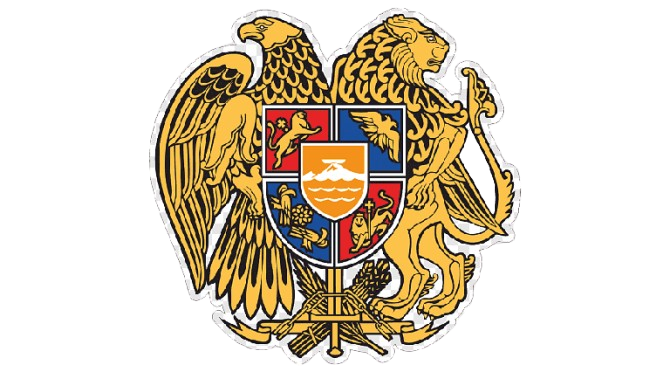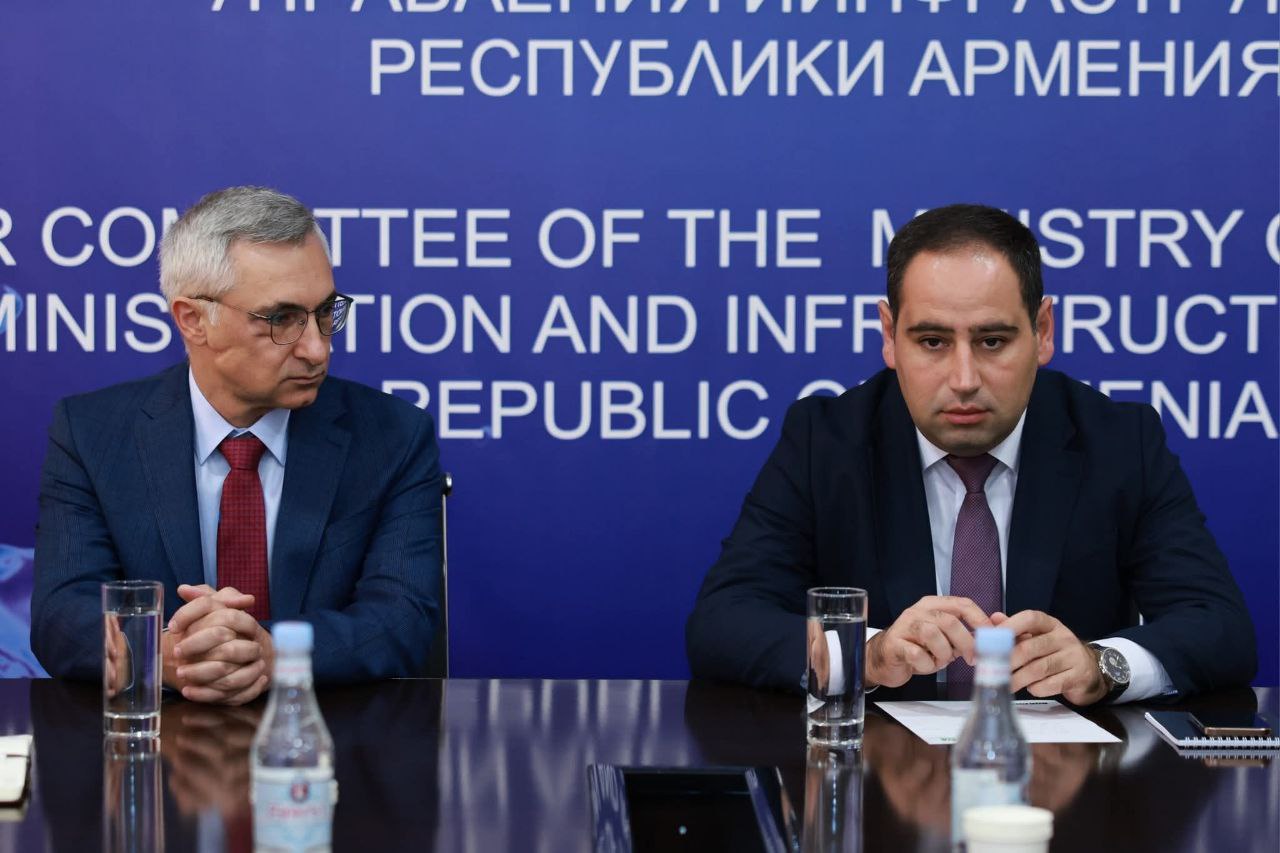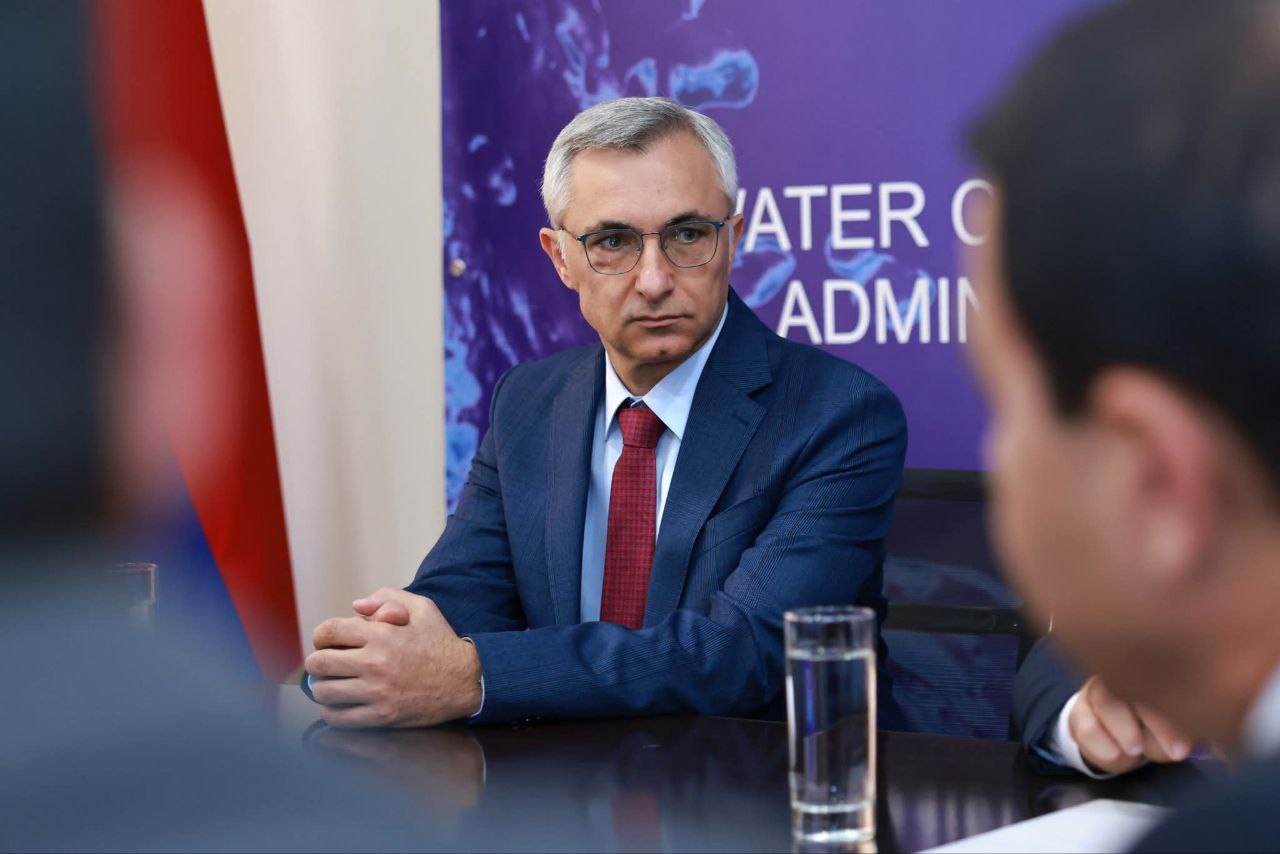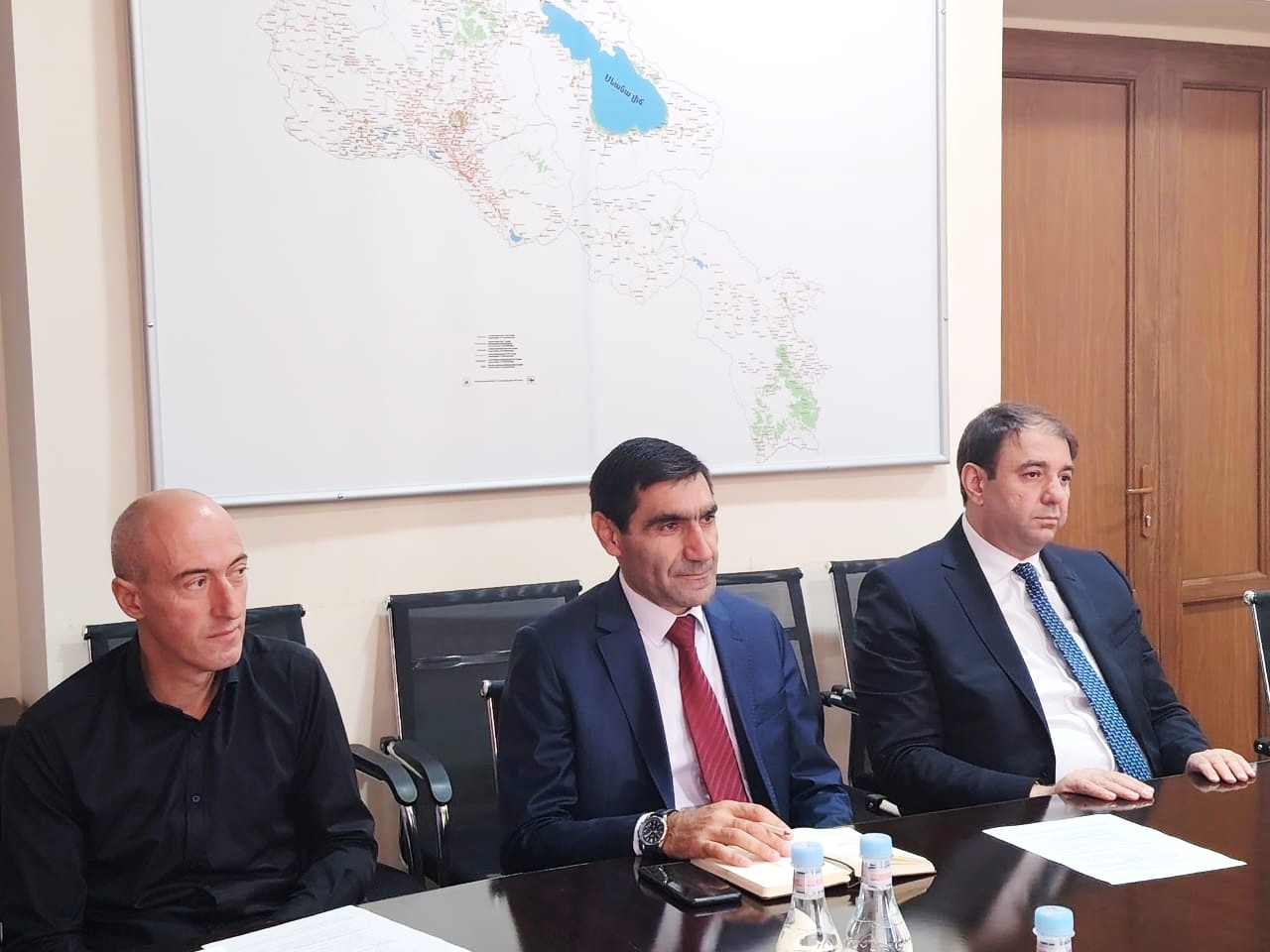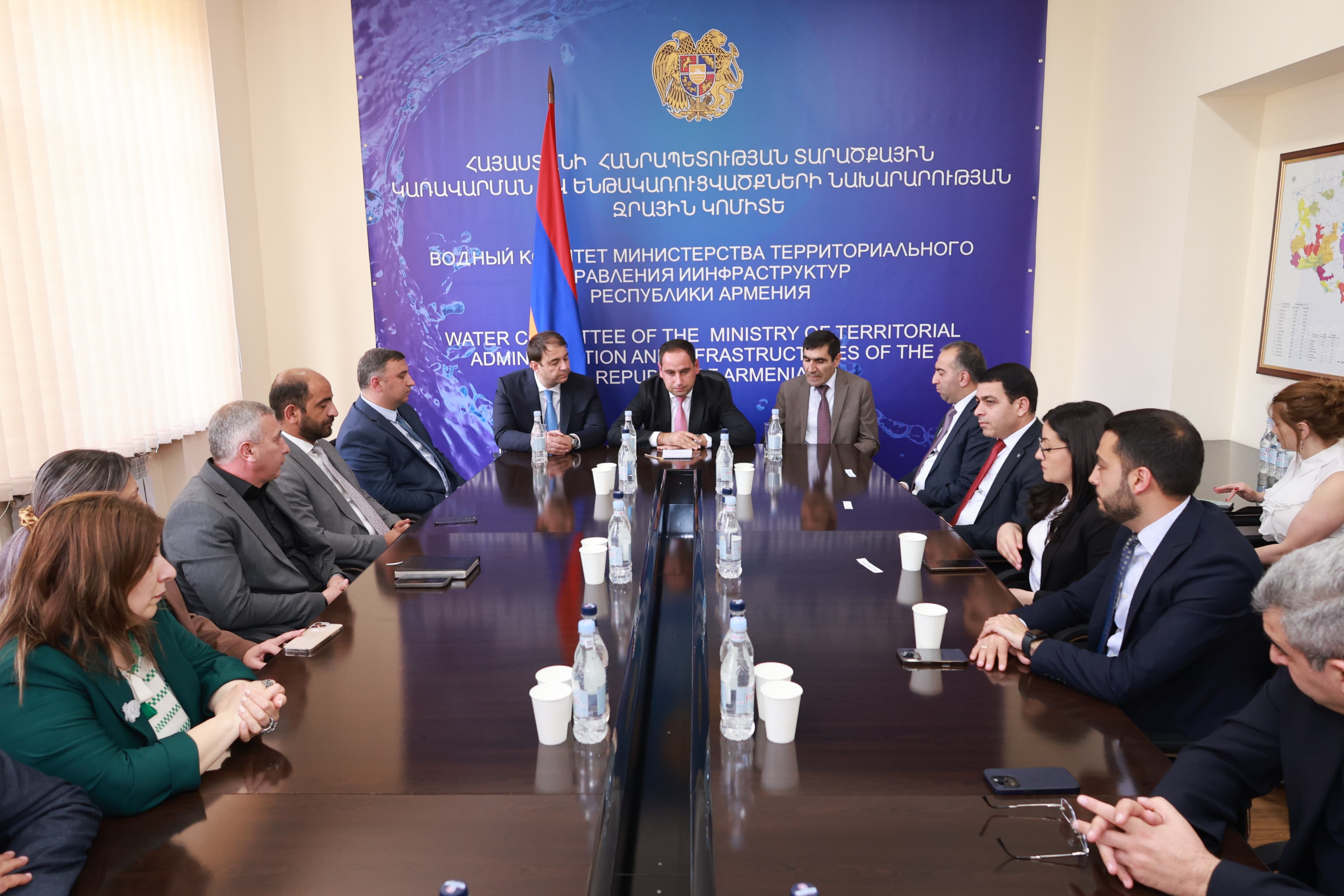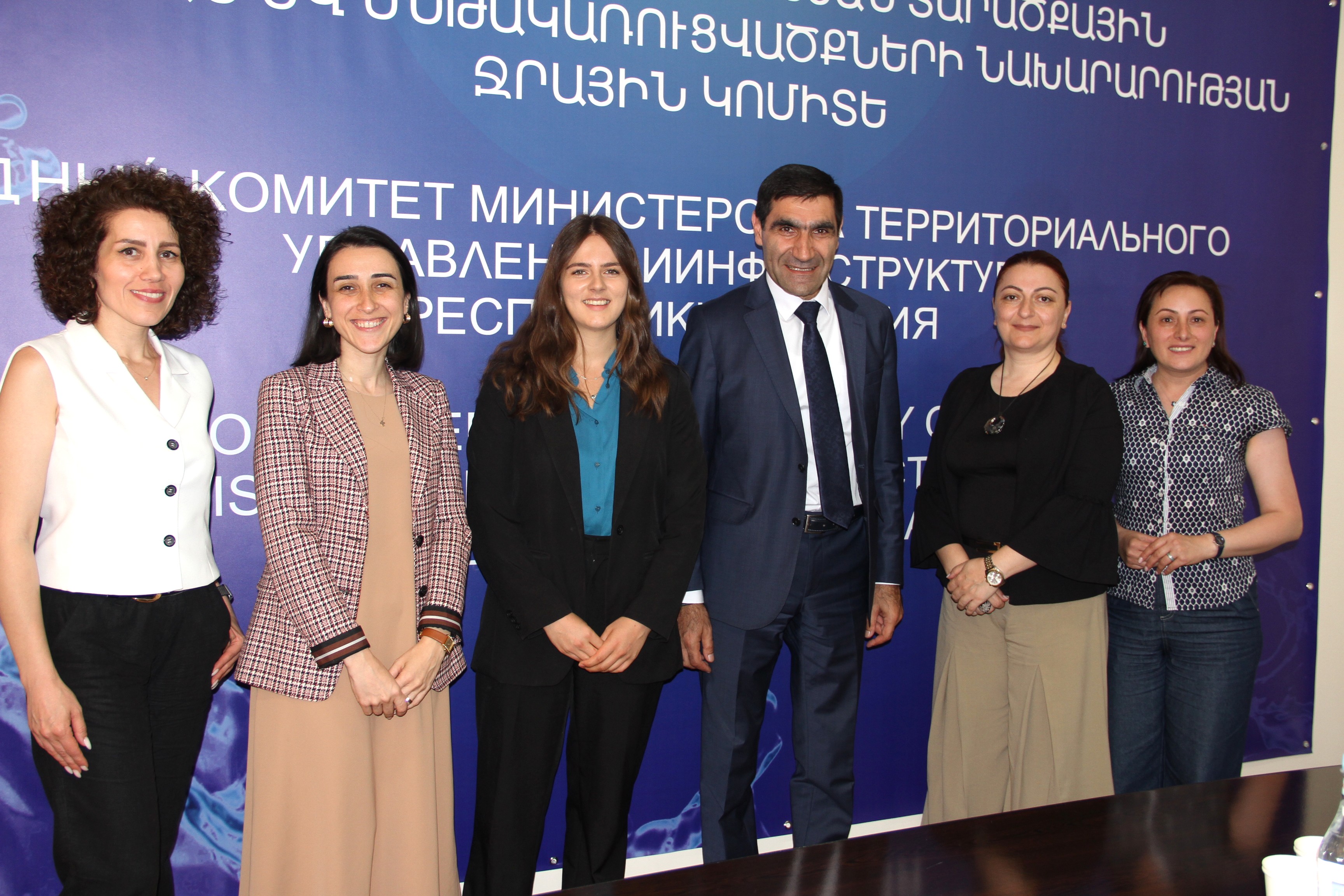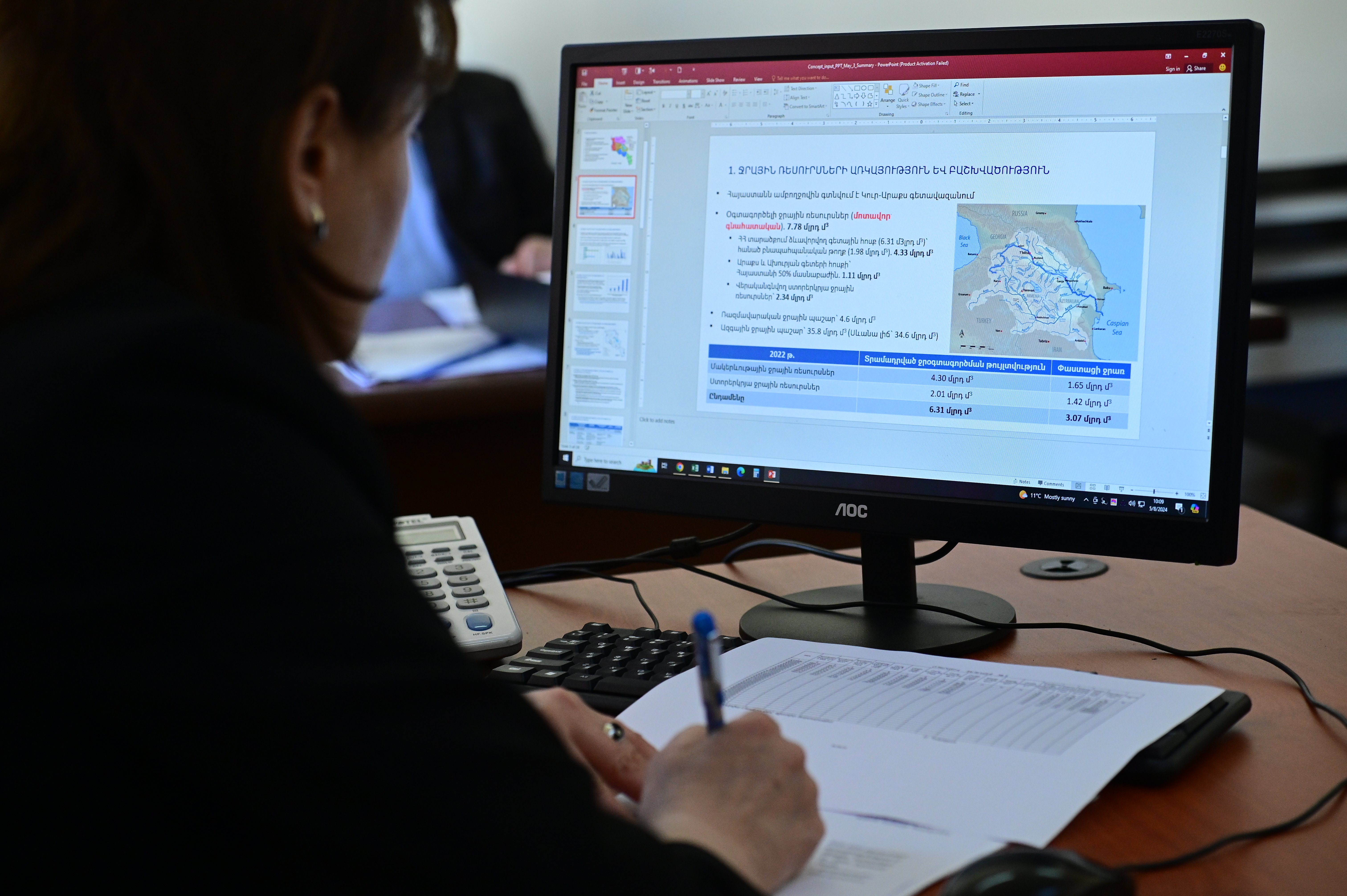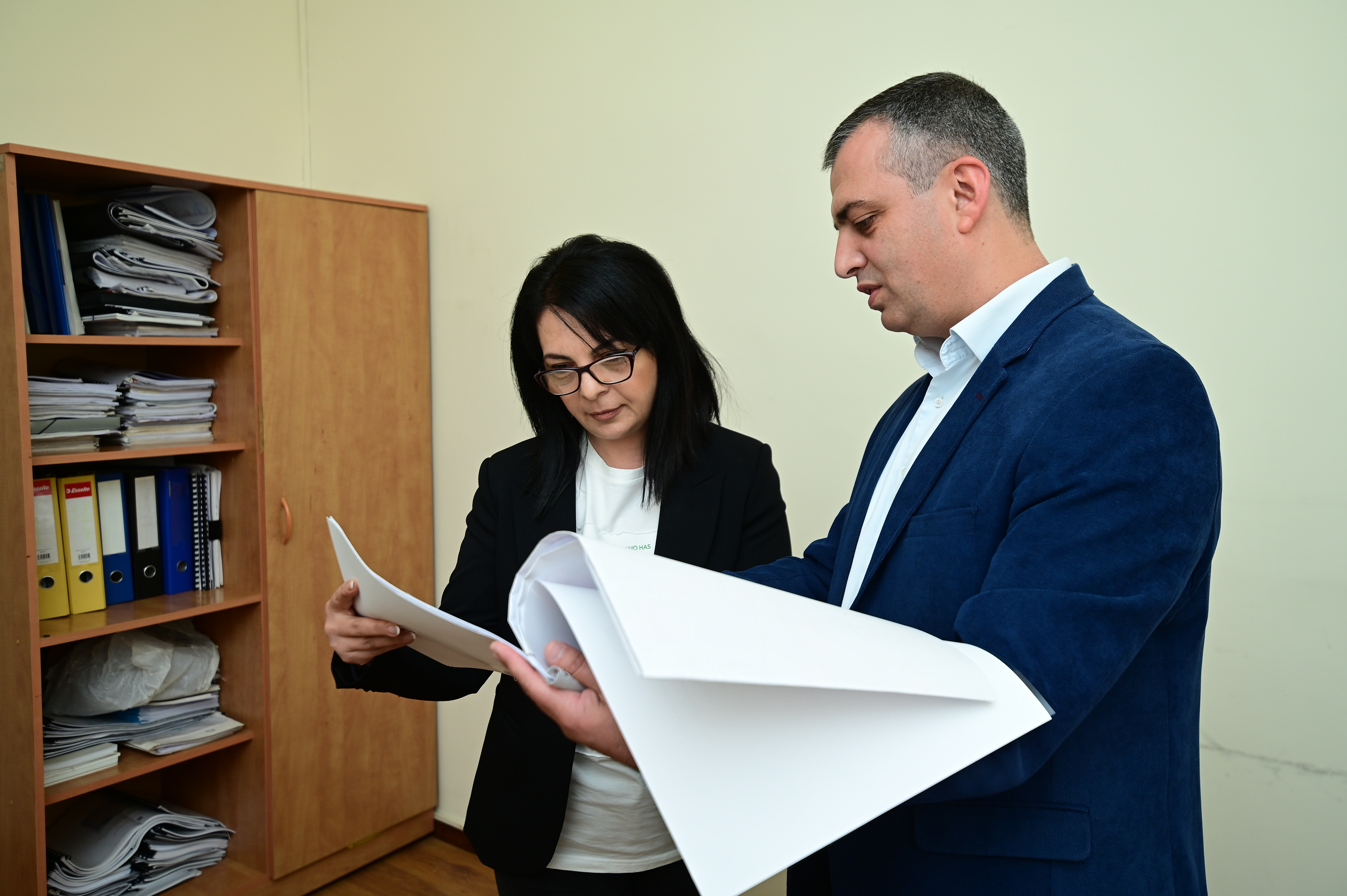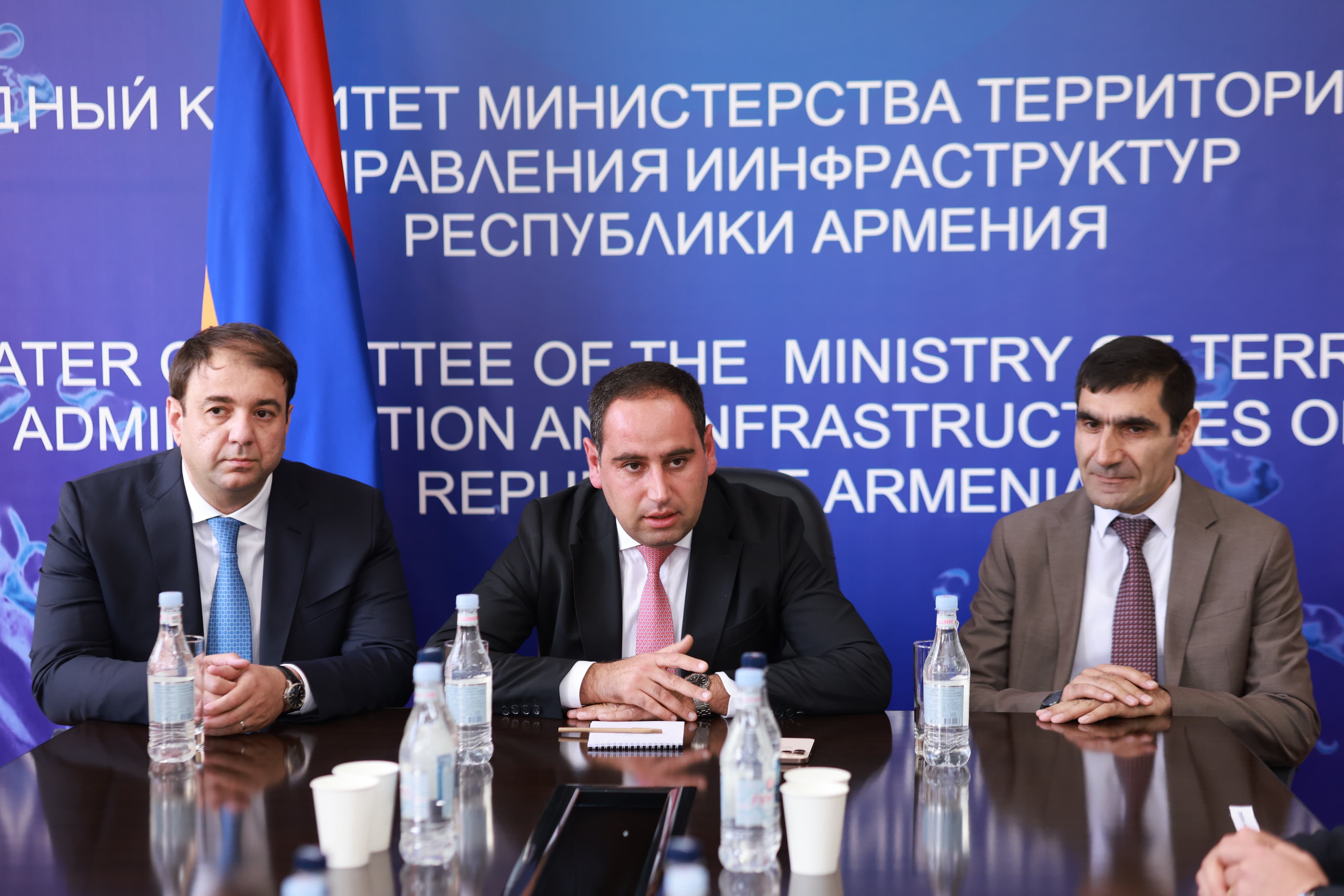(only for notifications
sent in www.e-citizen.am system)
Structure of the System
- "Veolia Djur" CJSC
- Technical Commission of Water Systems Operation and Maintenance
- "Artashat" WUA
- "Ararat" WUA
- "Yerevan" WUA
- "Armavir" WUA
- "Shenik" WUA
- "Kotayk" WUA
- "Shirak" WUA
- "Aragatsotn" WUA
- "Talin" WUA
- "Gegharkunik" WUA
- "Tawush" WUA
- "Lori" WUA
- "Yeghegnadzor" WUA
- "Syunik" WUA
- "Echmiadzin" WUA
Questions
Please, estimate water supply quality in Armenia.
